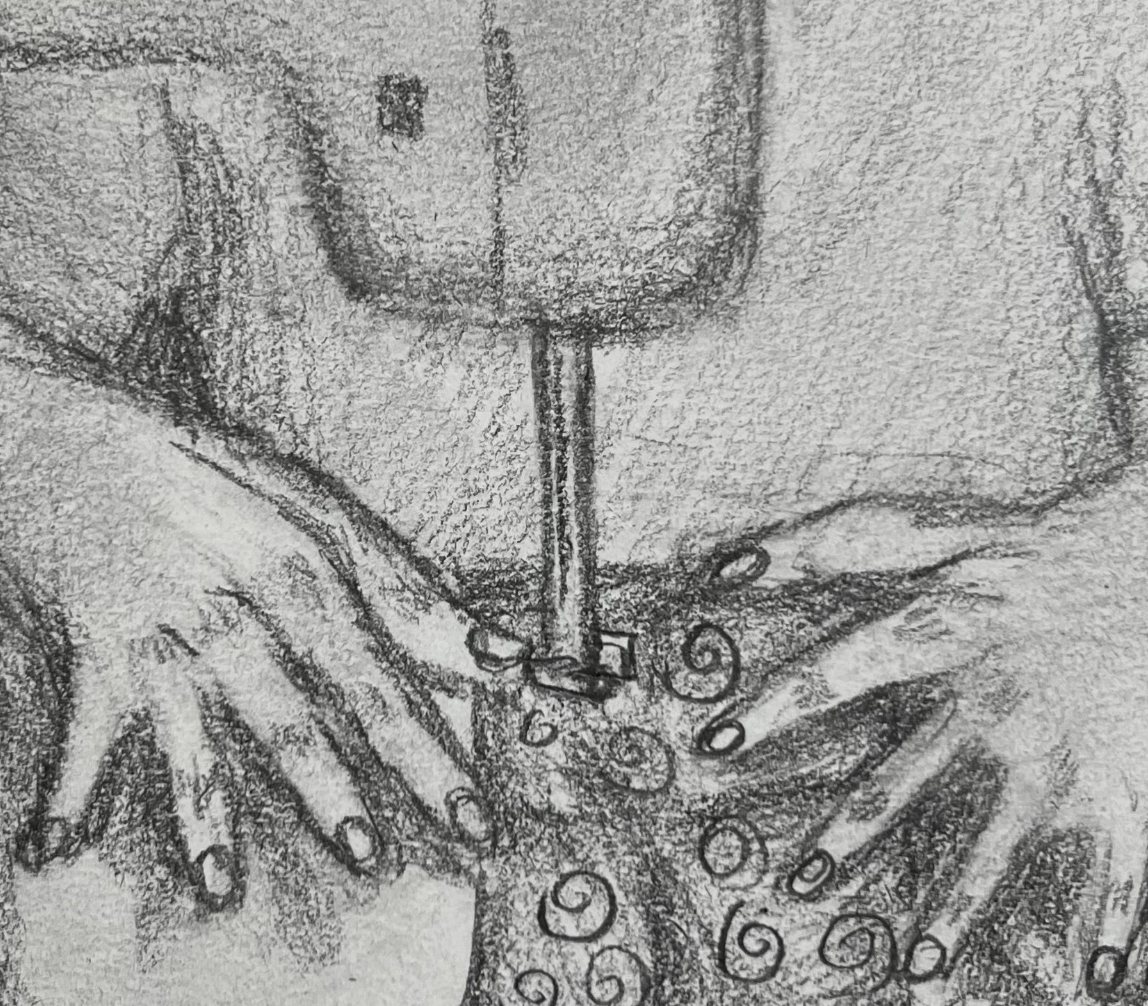Living in a city means enduring the sound of car engines rumbling until midnight, the early-morning beeping of cranes and drills, pigeons—or geese in Boston—pecking the sidewalk, and herds of people swarming the streets with rushed steps and arms flailing. Despite its endless cacophony, the city can also be a source of liveliness and much-needed distraction. After all, matters of the heart often feel rather prosaic compared to a city’s bustling, ruthless nature.
Yet, as its title suggests, “Far From the Madding Crowd” by Thomas Hardy embodies a much more idyllic setting, transporting the reader to a 1870s English countryside. The novel takes place in a southwestern farming community where a young woman named Bathsheba Everdene has recently inherited her uncle’s land. As Bathsheba navigates her position of power in a predominantly patriarchal society, she hires Gabriel Oak, a young and loyal farmer, to work alongside her.
Bathsheba soon becomes acquainted with her neighbor, Mr. Boldwood, who falls obsequiously in love after receiving the valentine she jokingly sends him. However, Mr. Boldwood’s desperate obsession falls short when Bathsheba meets Sergeant Troy, a dashing and brazen man freshly enlisted in the army. The story follows the fickle dynamics of these three relationships, and through them, it portrays the inconsistencies, irrationalities, and betrayals that plague our human morals.
The novel is recognized as Hardy’s attempt to preserve the solitude of the countryside, especially in the face of emerging English industrialization. The title’s bucolic undertone certainly subverts the reader’s expectations, though. I started the novel with stereotypical images of the pastoral world in mind: sheep grazing, birds chirping, people brimming with cordiality. The book does carry the physical elements of such a world: Bathsheba’s farm is described as a “hoary building” with ornate Gothic features and a moss-ridden gravel walk. But ironically, its human landscape is riddled with conflict. From murders at Christmas parties to dysfunctional marriages, the story is far from a tranquil, rustic farm tale.
Much like our lives today, there are hidden emotions, unspoken words, and ambiguous signs involved—only appropriate to reflect the many nuances of human relationships. So, this stark contrast between the novel’s location and storyline raises the question: To what extent does a novel’s setting truly drive its plot?
Based on experience, my most recent change in scenery resulted from a two-week stay in Gambier, Ohio for the Kenyon Young Writers Workshop. Prior to my arrival at the Columbus Airport, my mental picture of Kenyon College was also of the traditional countryside: an academic sanctuary surrounded by nothing but dense foliage, farms, deer, and cows. Further research on the school painfully confirmed that there really was nowhere to explore outside a one-mile radius. As someone who grew up in one of the world’s largest cities, Istanbul, and learned to love its organized chaos, this stay in Gambier felt rather uninviting at first.
Historic stone buildings, glass-walled structures, and charming wooden houses line the iconic Middle Path, which runs across the length of Kenyon College. Marking its bicentennial this year, the college also has its fair share of stained-glass windows, lofty atriums, slender spires, and arched doorways. The rain would soak us to our socks almost daily, giving even my rain jacket a dark hue, but once it died down, the stars became more visible in the dusky, black sky.
To my surprise, two weeks went by in the blink of an eye due to five-hour-long workshops, public readings, and time spent editing every day. But outside of writing, as emerging writers and animated high schoolers, we had also formed our own small-scale, working community. Friend groups fell into place, short-lived romances sparked, brief moments of academic rivalry surfaced, and many “Only in Ohio” jokes were made. In just a few days, we developed a web of gossip and banter, with stories of others’ unrequited love, friendship conflicts, and love triangles to entertain us.
Like the setting-plot disparity in “Far From the Madding Crowd,” every minor incident felt dramatized to us when the only distractions were the Ohioan trees, animals, and sudden downpours of rain. It was the ideal environment for introspection and hours of writing, but it also allowed us to hyperbolize the simplest rumor or emotion, much like Hardy does with Bathsheba’s tempestuous nature. There, we had boundless time and space in our minds, which the city so dictatorially occupies with its never-ending frenzy.



